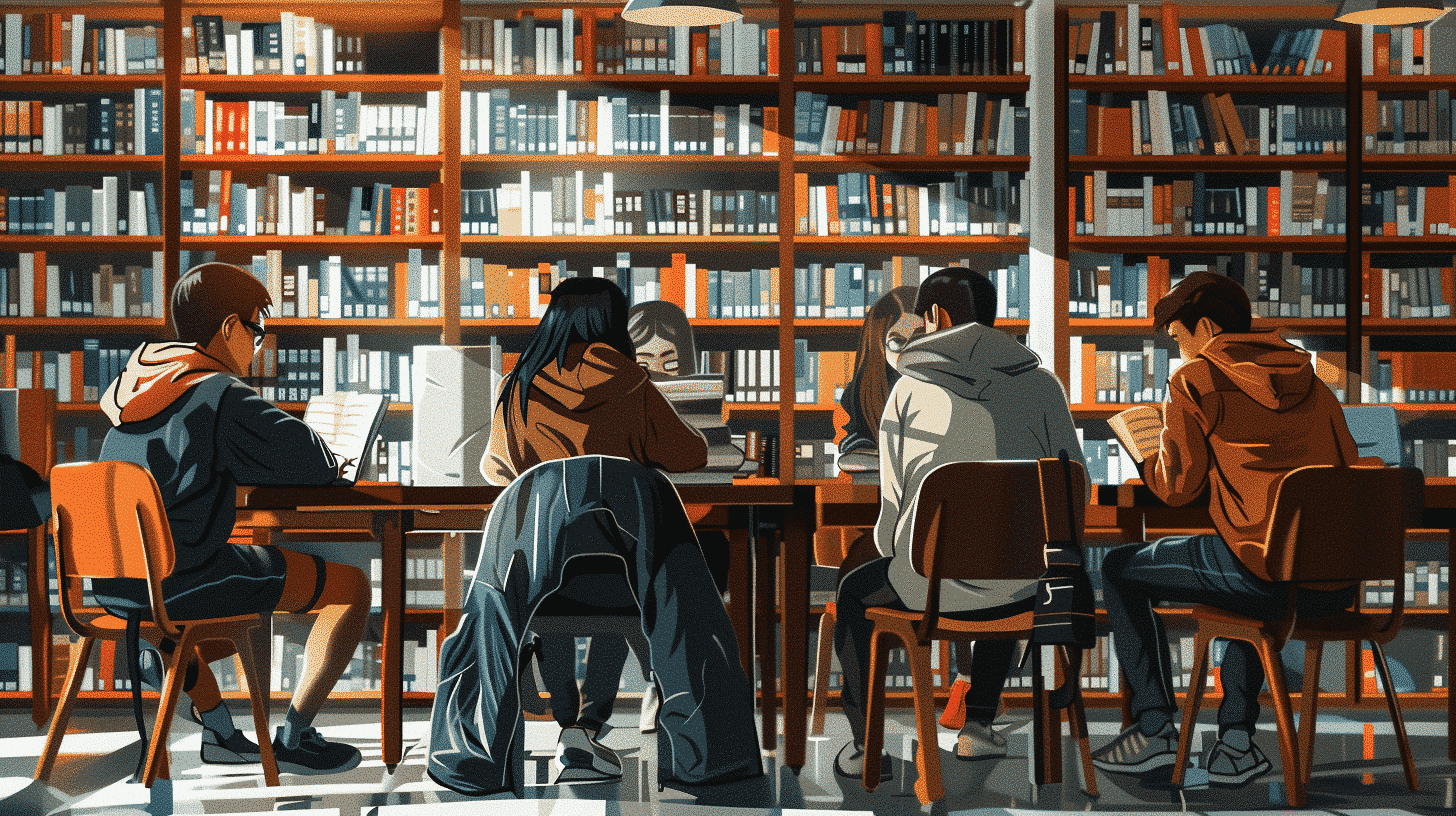Understanding 화려하다 (Flashy)
The word 화려하다 is derived from the noun 화려, which means splendor or magnificence. It describes something that is visually striking, often with bright colors and elaborate details. 화려하다 can be used to describe anything from clothing and accessories to interior design and events. It carries a connotation of extravagance and boldness.
그녀의 드레스는 정말 화려해.
(Her dress is really flashy.)
In this sentence, 화려하다 is used to describe the dress, implying it might be adorned with bright colors, sequins, or intricate patterns that catch the eye.
결혼식 장식이 화려해서 눈이 부셨어.
(The wedding decorations were so flashy that they were dazzling.)
Here, 화려하다 is applied to wedding decorations, suggesting they were lavish and possibly included a variety of colors and lights.
Understanding 소박하다 (Simple)
On the flip side, 소박하다 connotes simplicity and modesty. It is often used to describe something plain, without unnecessary embellishments or extravagance. 소박하다 can apply to lifestyle, design, and even personalities.
그의 집은 소박해서 편안해 보여.
(His house is simple, so it looks comfortable.)
In this instance, 소박하다 is used to describe a house, implying it’s likely minimally decorated which contributes to a cozy and inviting atmosphere.
그녀는 소박한 식사를 준비했어.
(She prepared a simple meal.)
This example shows 소박하다 being used to describe a meal, indicating that the food was likely wholesome but without complex preparation.
Comparing 화려하다 and 소박하다
The contrast between 화려하다 and 소박하다 is often seen in discussions about personal preferences for living spaces, fashion, and even celebrations. While 화려하다 appeals to those who enjoy opulence and grandeur, 소박하다 is preferred by individuals who appreciate understatement and minimalism.
저는 화려한 파티보다는 소박한 모임을 더 좋아해요.
(I prefer simple gatherings over flashy parties.)
This sentence shows a personal preference for simplicity over flashiness in the context of social events.
Usage in Broader Contexts
Both terms can extend beyond physical descriptions and be used to describe abstract concepts like ideas or plans.
그의 제안은 화려하지만 실현 가능성이 낮아 보여.
(His proposal is flashy, but it seems unlikely to be feasible.)
Here, 화려하다 is used metaphorically to describe a proposal that is perhaps impressive or elaborate but may not be practical.
이번 프로젝트는 소박하게 시작해 봅시다.
(Let’s start this project simply.)
In this example, 소박하다 is used to suggest a straightforward and uncomplicated approach to beginning a project.
Cultural Relevance
Understanding the cultural context in which these words are used can also provide deeper insight into Korean values. Historically, Korean art and architecture have oscillated between periods of flamboyant design and austere simplicity. This duality is reflected in modern Korean society where there is an appreciation for both the grandiose and the unpretentious.
Conclusion
In summary, 화려하다 and 소박하다 are more than mere adjectives. They encapsulate a range of cultural attitudes towards aesthetics and lifestyle. Learning to use these words appropriately will not only expand your vocabulary but also enhance your understanding of Korean culture and its values regarding beauty and simplicity. Whether describing a person’s style, a work of art, or a business proposal, these words offer nuanced ways to convey depth and perspective in your Korean conversations.




